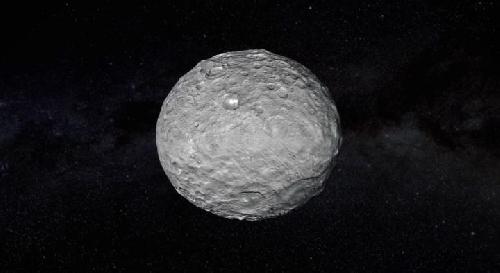In 2006, a tiny percentage of astronomers took it upon themselves to change the definition of "planet" and so Pluto was out. Chaos ruled, the 237 astronomers who made the ruling dug in their heels, and for the most part they were ignored.
After all, there are now nearly 5,000 planetary bodies orbiting stars other than ours. But astronomers don't know what exactly we should call them. Today at an American Astronomical Society meeting, UCLA professor Jean-Luc Margot described a simple test that can be used to clearly separate planets from other bodies like dwarf planets and minor planets and replace the "definitional limbo" those bodies are in.

The new approach would require only estimates of the star's mass and the planet's mass and orbital period -- all of which can be easily obtained with Earth- or space-based telescopes. According to Margot's criteria, all eight planets in our solar system and all classifiable exoplanets -- the large bodies that orbit stars other than our sun -- would be confirmed as planets.
Some of the current confusion he's seeking to eliminate stems from the fact that the IAU's definition did not address how to classify exoplanets, their definition is based primarily on the ability of a planet to "clear its orbit," meaning whether it can evacuate, accumulate or dominate small bodies in its orbital neighborhood. Margot's test can be used to determine whether a body can clear a specific region around its orbit within a specific time frame, such as the lifetime of its host star. The test is easy to implement and it could immediately classify 99 percent of all known exoplanets. Scientists do not currently have enough data to apply the test to the other 1 percent.
Margot does not want to run into the IAU buzzsaw about Pluto so his modified term places eight planets into one distinct category and the currently termed dwarf planets -- Ceres, Pluto and Eris -- into another.
Margot also found that bodies that can clear their orbits, and therefore qualify as planets, are typically spherical - which would be Pluto. "When a body has sufficient mass to clear its orbital neighborhood, it also has sufficient mass to overcome material strength and pull itself into a nearly round shape," he said. This is important because astronomers can't always see exoplanets well enough to accurately determine their shape, but they can almost always measure the parameters needed to apply Margot's criteria -- and because the current IAU definition requires that a planet be nearly round.
It is not known whether the new approach will be considered by the IAU. The next IAU general assembly is scheduled for 2018.




Comments